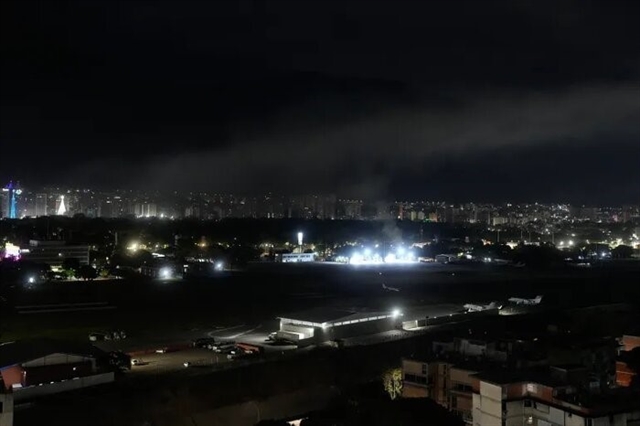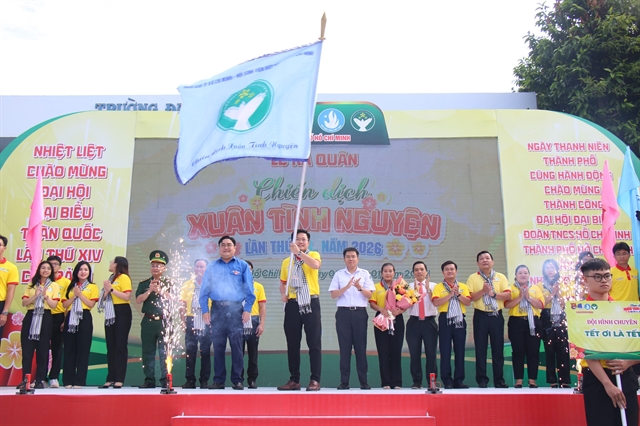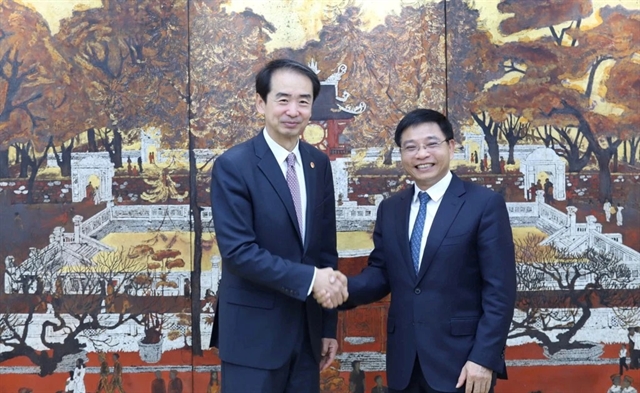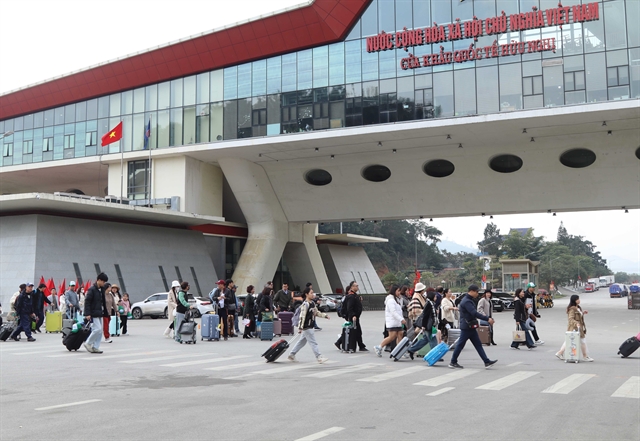 Society
Society

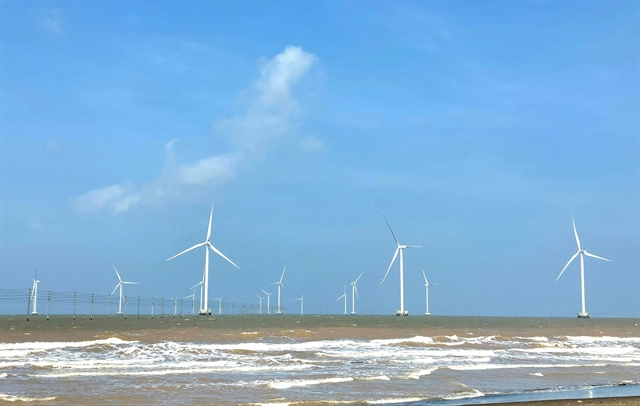 |
| Vĩnh Long Province has 13 operational wind power plants with a total capacity of 572MW. — VNA/VNS Photo Chương Đài |
VĨNH LONG — Vĩnh Long is positioning itself as a southern hub for renewable energy with dozens of large-scale wind and solar power projects getting underway in the Cửu Long (Mekong) Delta province.
Following the merger of Trà Vinh and Bến Tre provinces with it, Vĩnh Long now has a 130-kilometre coastline, a factor that will play a key role in regional connectivity and national energy security.
Trần Quốc Tuấn, director of its Department of Industry and Trade, said, after the merger, Vĩnh Long serves as a gateway linking the southwestern coast and the East Sea, offering ideal conditions for the development of renewable energy, particularly large-scale offshore wind and solar power.
It has been included in the national power development plan with 53 wind power projects totalling 4,209MW by 2030.
Under the same plan, it is also set to build five solar farms with a combined capacity of 339MW, three biomass plants generating 45MW and three waste-to-energy plants totalling 30MW.
It already has 13 wind power plants generating 572MW, two solar plants producing 189MW and more than 4,400 rooftop solar systems supplying 163.8MW.
It has another 1,000 small-scale solar installations for self-consumption, which are generating several megawatts to support the province’s green growth.
Tuấn said the department is coordinating with relevant agencies to assist investors in implementing 14 projects with a total capacity of nearly 1,100MW.
These were included in the national Adjusted Power Development Plan VIII, and are currently completing legal procedures and timeline adjustments to align with the plan.
The province also has eight projects with a combined capacity of 365MW in the bidding process, along with 18 others approved under the adjusted Power Development Plan VIII, totalling 2,142MW and currently in the pre-feasibility study stage.
Tuấn said diversifying renewable energy sources would enhance supply capacity and stabilise the power grid across the Mekong Delta.
By the end of 2026, with several solar and wind projects scheduled to come online, renewables are expected to account for 31 per cent of the province’s power capacity, he said.
These projects would also gradually foster a supporting industrial ecosystem, create skilled jobs and boost logistics, he said.
This, in turn, would help develop tourism and services while contributing to the national energy transition goal of net zero emissions by 2050, he said.
To unlock its potential and promote renewable energy development, the department is working with other agencies to resolve obstacles faced by existing investors.
Meanwhile, the province is looking for qualified investors through competitive bidding.
It is also submitting proposals to the Government to finalise a provincial master plan aligned with sectoral strategies, including marine spatial planning, transmission infrastructure and industrial zones.
This would help accelerate renewable energy projects, especially offshore wind initiatives, Tuấn said.
The province is also working with the Southern Power Corporation and investors to upgrade the transmission grid and ensure efficient distribution of the renewable energy produced. – VNS

